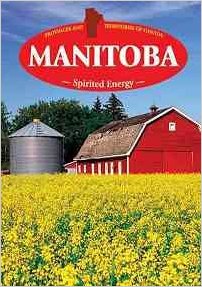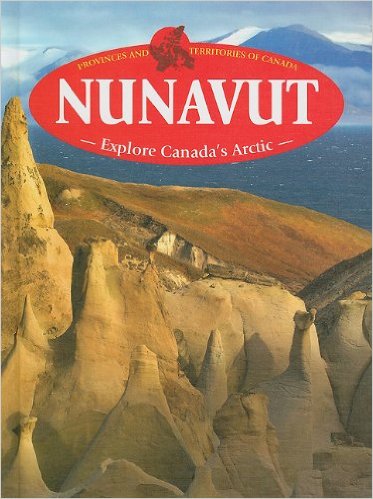| ________________
CM . . .
. Volume XXII Number 40. . . .June 17, 2016
excerpt:
Part of the new “Canada’s Provinces and Territories” series, these three titles contain information that is organized into five main chapters: geography, economy, history, culture and activities. Within each chapter are sub-topics, some of which include climate, plants and animals, natural resources, tourism, and arts and entertainment. The fifth chapter is not really informative; it merely has an eight-question quiz and provides a concept web for a report on how one can improve his or her province (this concept web is identical in all of the titles).There is also a list of key words and an index in this chapter. Each book begins with an introduction along with a sidebar with interesting facts, and also features the explanation of the province or territory’s name, its coat of arms, flag, flower emblem, official symbol, provincial/territorial animal, bird, and/or insect. Since most of the information in these titles can be found in other books, one would expect that these titles would offer more recent facts. But there are several omissions, specifically in the book about Manitoba, the most glaring of which is that the Canadian Museum of Human Rights, the only national museum outside of Ottawa, is neither mentioned nor shown in a photograph. Illustrations consist of maps, drawings, archival black and white photographs and colour photos. Unfortunately, some of them are not labelled. For example, the photo of Olympian curler Jennifer Jones throwing a curling rock is not labelled and there is no mention of her or her team’s achievements in the text. A table of contents is provided. Manitoba, nicknamed the “keystone province”, consists primarily of prairies, forests, and lakes. One-sixth of its total area is covered by lakes and rivers, many of which produce an abundance of hydro-electric power. In Manitoba, readers will also learn about the Aboriginal peoples that settled in the region, the explorers and the fur trade, and the many cultural groups that make Manitoba their home. Of course, no book on Manitoba would be complete without mentioning the polar bears of Churchill or the fact that Winnipeg is one of Canada’s leading grain markets. Unfortunately, there are several omissions in this title. Though there is reference to the Winnipeg Jets hockey team, there is no mention of the pro teams Manitoba Moose (hockey), Winnipeg Blue Bombers (football) and Winnipeg Goldeyes (baseball). As well, the Manitoba Theatre Centre has been given royal designation and is now called the Royal Manitoba Theatre Centre; and there is no mention of the Manitoba Opera. As well, one wonders why the Manitoba tartan is not shown in its proper colours, and why an outdated photo of the stage at Old Market Square was chosen (the new stage, called The Cube, is now several years old). Nunavut is the largest of all provinces and territories, covering about 20% of Canada’s area. Previously part of the Northwest Territories, it became its own territory on April 1, 1999. Due to its location and harsh climate, Nunavut has some unique characteristics and issues. For example, there are no roads leading to Nunavut and one of main modes of transportation is the snowmobile. And though it has large oil and gas deposits, the expense of drilling is too steep. Food prices, too, are extremely high due to the shipping costs to remote communities. Other topics in Nunavut include the many animals that survive in the bitter cold, traditional Inuit foods, sports and games, and the growing popularity of Inuit musicians and works of art. Quebec, “La Belle Provence”, is Canada’s largest province. It boasts more forested area than any other province, and the city of Montreal is the second-largest French-speaking city in the world, after Paris. Nearly half of the nation’s aerospace industry is located there, it has the largest dairy industry in the country and produces half of Canada’s pharmaceuticals. Its annual winter carnival- Carnaval- is the largest winter festival in the world. Readers of Quebec will also learn about the province’s wealth of natural resources, its many historical attractions, and the influence of the French culture on architecture, cuisine and even retail shops. No book on Quebec would be complete without mention of the Montreal Canadiens hockey team and some of its greatest players. Generally, a good series, but in a few cases it requires a bit of revision, particularly in updating information. Recommended. Gail Hamilton is a former teacher-librarian in Winnipeg, MB.
To comment on this title or this review, send mail to cm@umanitoba.ca.
Copyright © the Manitoba Library Association. Reproduction for personal use is permitted only if this copyright notice is maintained. Any
other reproduction is prohibited without permission.
CM Home |
Next Review |
Table of Contents for This Issue -June 17, 2016
| Back Issues | Search | CM Archive
| Profiles Archive |


